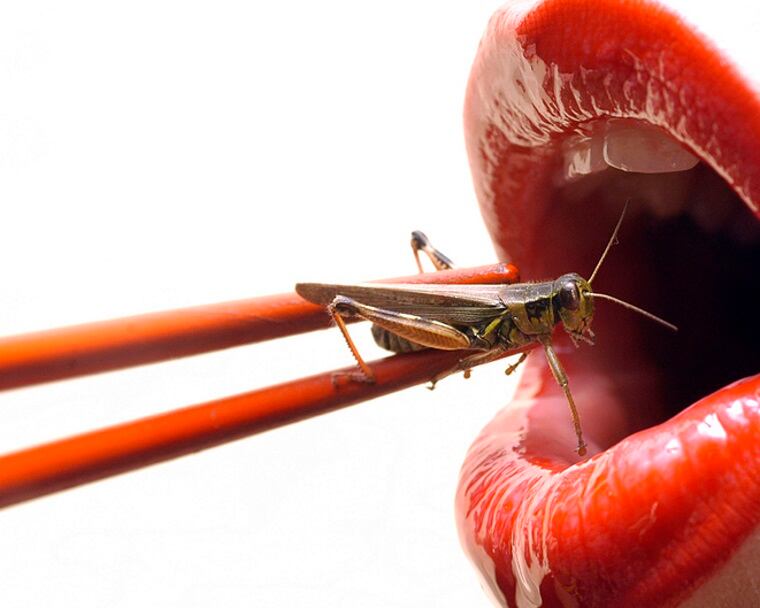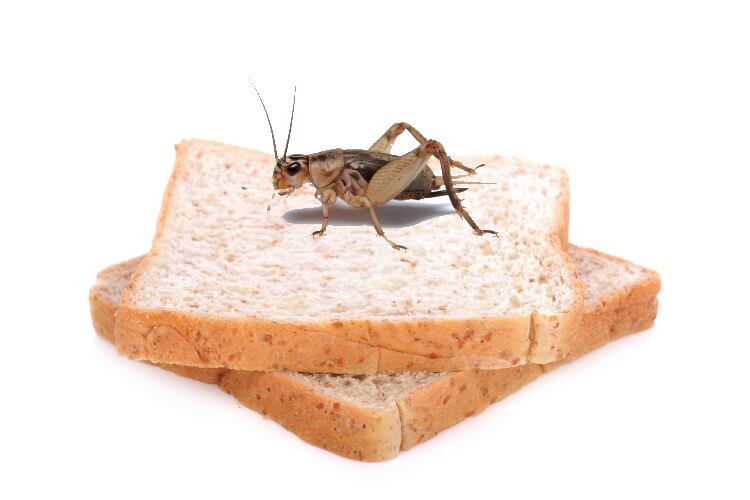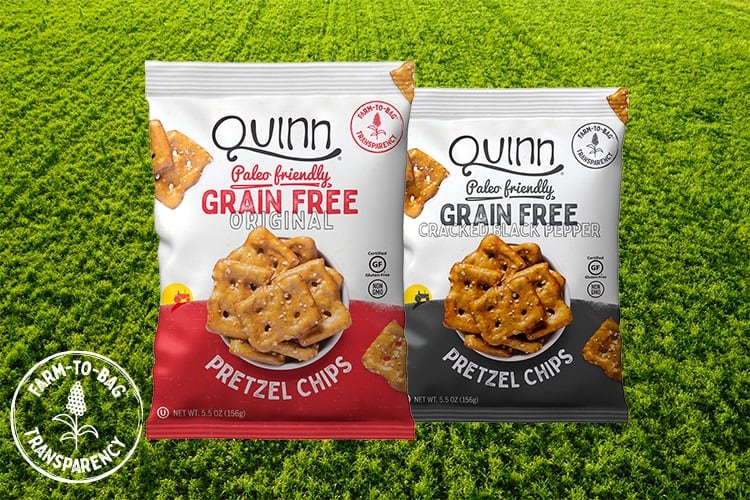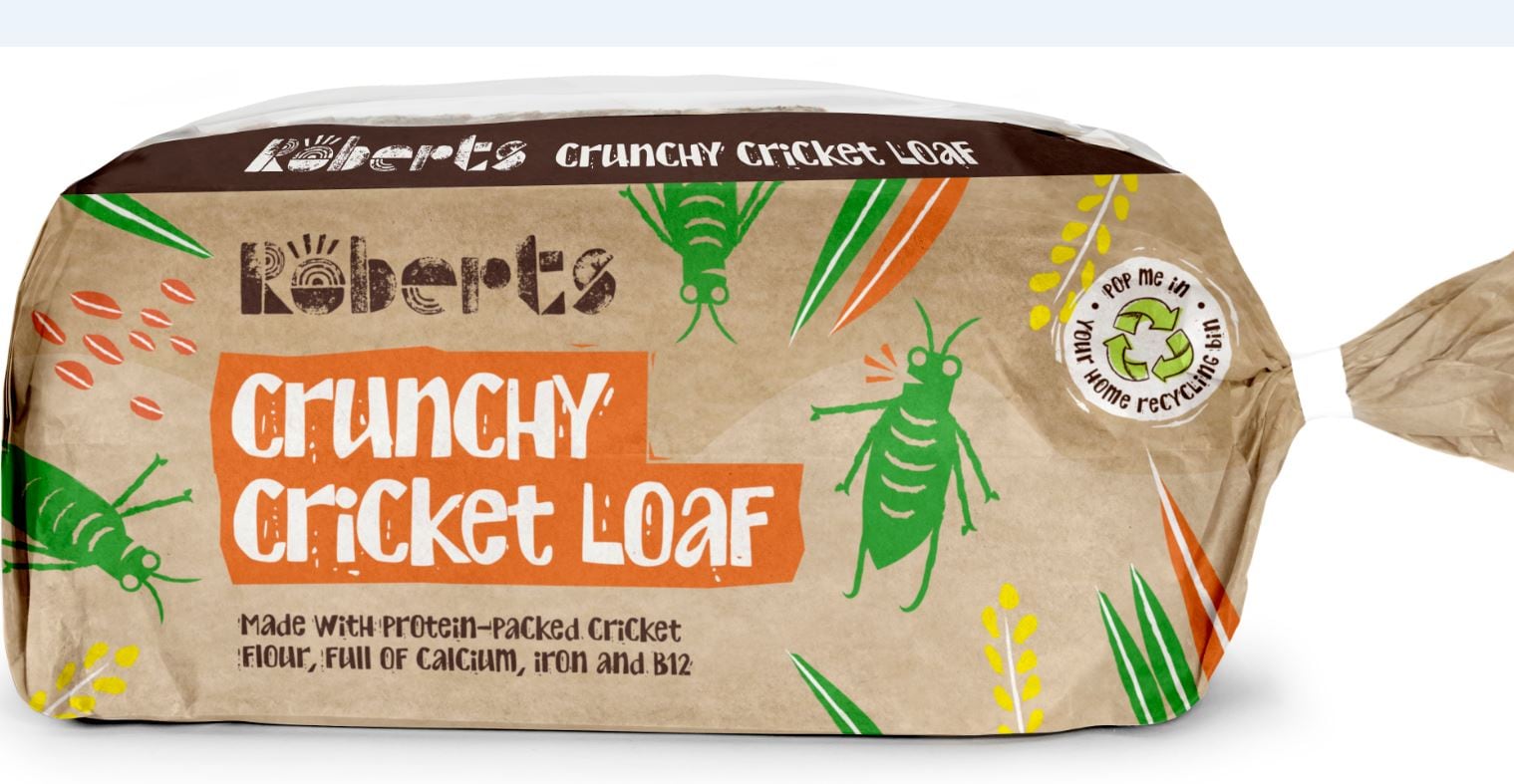Entomophagy is hardly new. Humans have been eating insects since prehistoric times and the practice still followed. Today, almost two billion people add them into their daily diet, according to estimates by the UN’s Food and Agriculture Organization (FAO). The same agency also forecasts the market could be worth $3.6bn by 2030. Yet, although a growing industry, the pandemic has put a damper on the concept.
Earlier this month, Spanish and Lebanese researchers released a report that COVID-19 has caused a significant decrease in consumers’ WTC (willingness to consume). Already on the line over the fragility of their health, consumers have become more concerned about virus transmission and food safety. Bring in critters, and they positively shy away.
We need to change this mindset.
The FAO has endorsed the practice and now research has found that human consumption, as opposed to mashing them into animal feed, has the bigger potential to reduce our carbon footprint.
But how can bakery and snack producers overcome the ‘icky factor’ feared by so many Westerners and break through the perception that insect-based foods are low-quality products used to feed low-income countries?
This is where initiatives like World Edible Insect Day plays an important role to raise global awareness. Many producers pushing the world into a new food future have adopted the event introduced in 2015 by Belgian entrepreneur Chris Derudder. It's held annually on 23 October.
Win:win
The advantages of feasting on some of the 1,900+ species registered as edible are many.
Insects are a natural source of protein, carbs, fats, minerals and vitamins. They are the answer we need to tackle the dichotomous complications of a food insecure world and a growing obesity crisis.
According to the US Department of Agriculture, 100g of crickets packs in 13g of protein and 120 calories, while 100g of chicken may have a higher protein content (24g), but also almost double (219) the amount of calories.
The sensory test, too, is proving to be more positive than a deterrent, depending on the insect. A 2019 study published in PLoS ONE found cereals and certain insects share some common flavour characteristics. Mealworms, which feed on cereal bran, have a similar sweet, almost nutty flavour with a cocoa smell and impart a light to medium brown colour.
In contrast, crickets feed on grass, so the flour has 'an earthy aroma' with a strong crustacean and cooked legume-like taste. It imparts a medium to dark brown colour, and often has coarse particulates visible (cricket flour contains the exoskeleton, head, eyes, mandibles, antennae, legs and wings).
Still, research has found a wider acceptance of insects incorporated into products like bread, cakes, cookies, pasta and energy bars. To the producer’s benefit, the addition of insect powder was also found not to affect the technological features of the product.
For those pondering the ethics of farming insects, the general thinking from the scientific community is that insects don’t feel pain. The bounty-to-land use ratio also shakes out better for the planet.
Insects produce 80 times less methane than cattle because they need much less space, feed, water, housing and maintenance, which also translates into a more profitable business.
Human consumption versus animal feed
A study by Finnish scientists found that, compared to feeding insects to farm animals, the direct human consumption of insects has the biggest potential to reduce our consumption-based carbon footprint.
Estimates of the number of edible insect species consumed globally range between 1,000-2,000 and include 230+ butterflies and moths; many beetles and beetle grubs (such as mealworms; the larvae of the darkling beetle); various species of caterpillar – bamboo worms, mopani worm; silkworms and waxworms; more than 310 species of ants, bees and wasps; 230+ grasshoppers, crickets and cockroaches; 30+ termites and 20 dragonflies, as well as cicadas.
Replacing one meat-based meal per week with edible insects as the source of protein can save over 100,000 litres of water every year. It will also go a long way to reduce soybean cultivation in the Amazon, which is causing extensive deforestation, along with soil erosion, river siltation and aquatic contamination from agrochemicals.
“Our results indeed suggest that it is more sustainable to use insect protein for food rather than to use it to replace soybean meal in animal feed,” said Prof Bodo Steiner from the Faculty of Agriculture and Forestry, University of Helsinki, Finland.
“Yet, we found that a shift to using low-value food industry side stream products – such as catering waste or byproducts, for example, from fish processing – in insect production for chicken feed is key to decisively increasing the carbon footprint benefits of using insect protein over soybean meal protein.
“All this is important and timely, because as a part of the current climate change debate, concerns have been raised over the increasing deforestation associated with the rapid expansion of global soybean cultivation, which is a major protein source for feeding livestock raised to be food for humans,” said Prof Steiner.
Leading the charge
Disruptors in the bakery and snacks space have enormous potential to stem the COVID-related insect aversion. Large corporations such as Nestlé and PepsiCo are stepping into the realm, but it’s the smaller, more agile, risk-taking startups that are blazing the trail.
More than 80 product launched in Europe to date contain an insect compound, according to Mintel’s Global New Products Database (GNPD). While a few come in the whole insect format, the majority contain an insect flour in breads, pasta, crackers, energy bars, granola, protein shakes, burger patties and spreads.
The inclusion of insects as an ‘invisible’ ingredient in familiar products may increase their acceptance by Western consumers. And with the number of insect-consuming consumers expected to tip 390 million by 2030, the huge white spaces are crying out to be exploited.
As the worldwide population continues to spiral unchecked (expected to reach 9.8bn by 2050) and global warming exacerbates the frequency and calamity of natural disasters, insects will become vital to keeping our food systems intact. Being high in protein, acceptable in sensory characteristics and easy to incorporate into modern formulations, doesn't it makes sense to explore this route?
Studies:
Impact of COVID-19 Pandemic on Willingness to Consume Insect-Based Food Products in Catalonia
Authors: Khalil, R; Kallas, Z; Haddarah, A; et al.
Foods, 2021, 10, 805
Authors: A. Vauterin, B. Steiner, J. Sillman, H. Kahiluoto
Journal of Cleaner Production, 2021; 320: 128799
doi: 10.1016/j.jclepro.2021.128799
Authors: Roncolini A, Milanović V, Cardinali F, Osimani A, et al.
PLoS ONE, 2019, 14, e0211747





